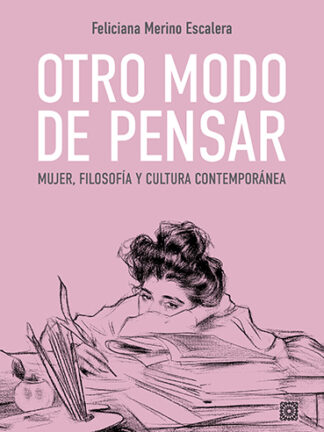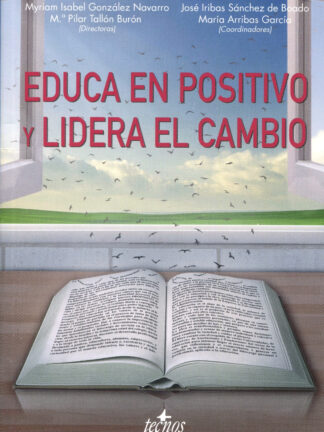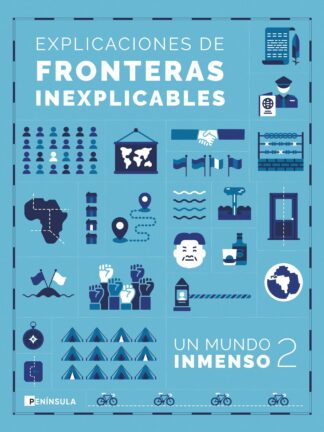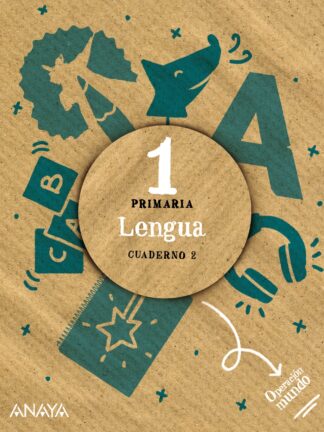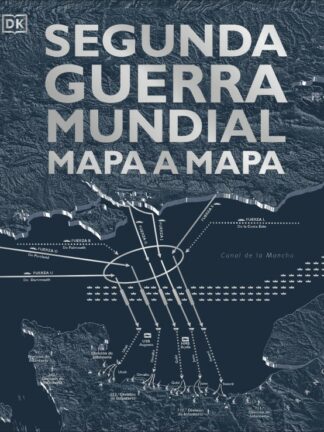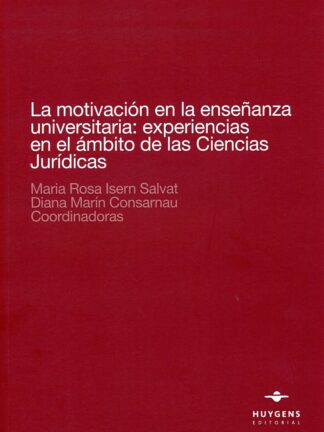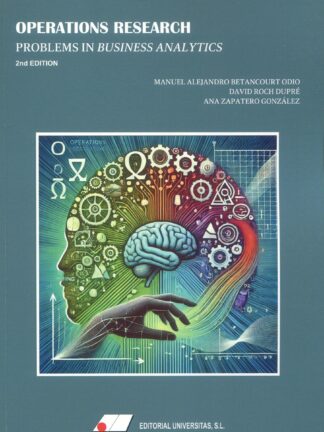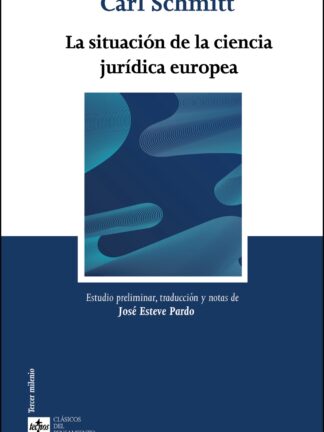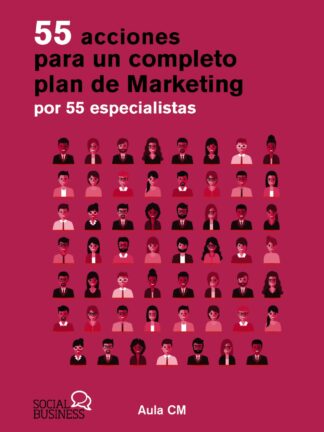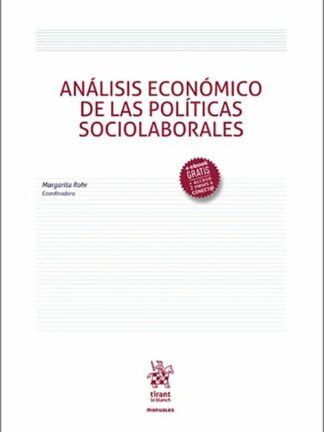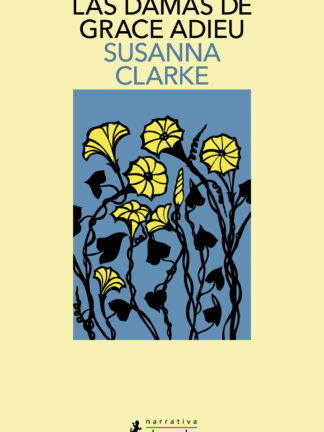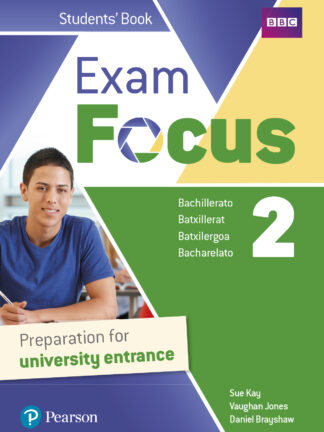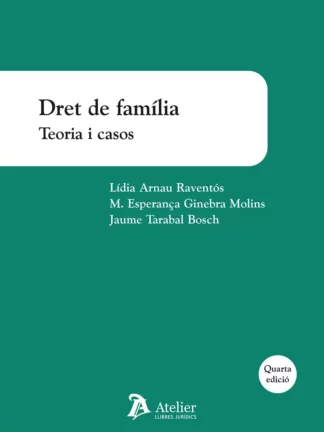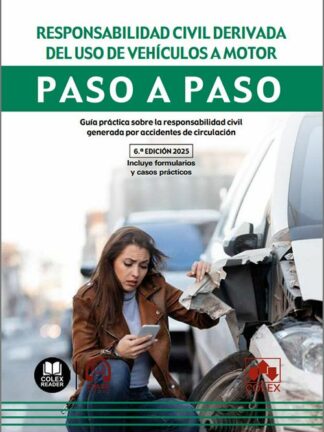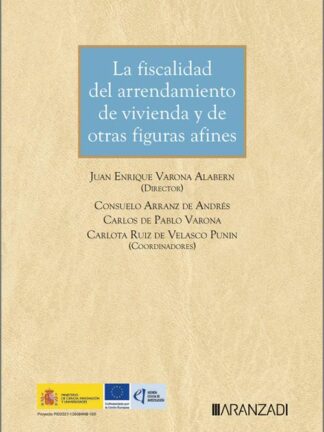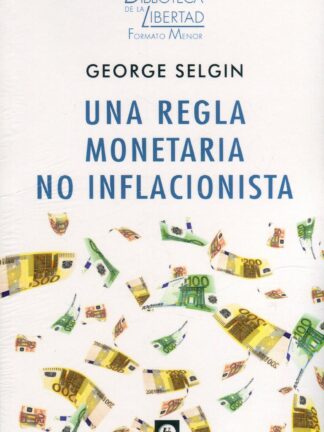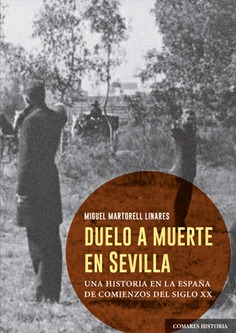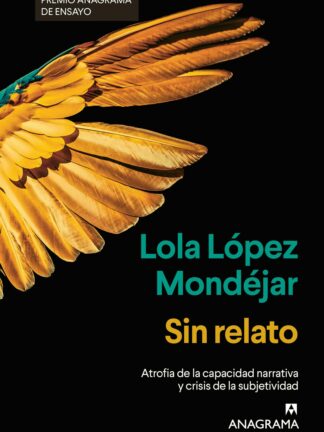Descripción
Victimología y justicia restaurativa
Este trabajo recoge las ponencias principales del 17¶§ Simposio Internacional de Victimología de la Sociedad Mundial de Victimología, celebrado, por primera vez en España, en 2022 en Donostia/San Sebastián, organizado por la Sociedad Mundial de Victimología, el Instituto Vasco de Victimología (UPV/EHU) y la Sociedad Vasca de Victimología. La obra permite aproximarse a algunos de los trabajos más novedosos a escala global en esta disciplina, con una selección de contribuciones de los más de 500 participantes en el Simposio, procedentes de 50 países. En el libro se abordan diferentes formas de victimización y conceptos controvertidos como pueden ser los de vulnerabilidad, cibervictimización, justicia transicional o justicia restaurativa.
I. INTRODUCTION
December 20, 2022-300 days of Russian aggressive war against Ukraine (UA). A huge number of changes in life, social values, interactions, legal solutions notwithstanding from what side you are. The ideas on sanctioning and declaring Russia as the state-terrorist that have been spread in June 2022 at ISV sessions3 realized in political statements, joint declarations, sanctions packages, etc.4 Ukrainian news are at the top of the list, and victims’ treatment became a trend in the whole world, causing unexpected reactions from survivors of military conflicts in other parts of the planet. As Henry Kissinger said: “Ukraine has become a major state in Central Europe for the first time in modern history. Aided by its allies and inspired by its President, Volodymyr Zelensky, Ukraine has stymied the Russian conventional forces which have been overhanging Europe since the Second World War”5.
It means also that, in the further development of the victims’ protection policy, it is necessary to take into account how global and regional contradictions, imbalances and conflicts affect the rule of law and criminal law of a particular country both from the point of balance of state interests and from the point of view of the positions of victims of crime at the individual and collective levels. By balance, I mean the compliance of criminal law remedies with the consolidated definition of the crime rate and victimization rate in the state, taking into account the provisions of national and international law (international criminal and international humanitarian law, human rights law, EU supranational law). Achieving a balance of interests is important for ensuring security and protection of human rights.
II. BEING UKRAINIAN, BEING VICTIM, BEYOND ESTIMATIONS OF NUMBERS
From 4 a.m. on 24 February 2022, when the Russian Federation’s armed attack started, to 24:00 midnight on 18 December 2022 (local time), the Office of the UN High Commissioner for Human Rights (OHCHR) recorded 17,595 civilian casualties in my country: 6,826 killed and 10,769 injured. This included 6,826 killed (2,686 men, 1,822 women, 174 girls, and 216 boys, as well as 38 children and 1,890 adults whose sex is yet unknown) and 10,769 injured (2,336 men, 1,690 women, 224 girls, and 314 boys, as well as 252 children and 5,953 adults whose sex is yet unknown). In Donetsk and Luhansk regions 9,620 casualties (4,036 killed and 5,584 injured). On Government-controlled territory: 7,519 casualties (3,553 killed and 3,966 injured). On territory controlled by Russian armed forces and affiliated armed groups 2,101 casualties (483 killed and 1,618 injured). In other regions of Ukraine (the city of Kyiv, and Cherkasy, Chernihiv, Ivano-Frankivsk, Kharkiv, Kherson, Kirovohrad, Kyiv, Mykolaiv, Odesa, Sumy, Zaporizhzhia, Dnipropetrovsk, Khmelnytskyi, Poltava, Rivne, Ternopil, Vinnytsia, Volyn, and Zhytomyr regions), which were under Government control when casualties occurred, 7,975 casualties (2,790 killed and 5,185 injured). Most of the civilian casualties recorded were caused using explosive weapons with wide area effects, including shelling from heavy artillery, multiple launch rocket systems, missiles, drones, and air strikes. OHCHR believes that the actual figures are considerably higher6.
In addition, some sources estimate that since 2014 before February 2022, the conflict between Russia and Ukraine in Donetsk-Luhansk region resulted in more than 40,000 casualties. In addition, according to some reports, earlier that as of 2021, more than 3,300 civilians lost their lives because of the conflict and the number of injured civilians exceeds 7,0007. An estimated number of causalities in UA army and Territorial defense differs in expression. In President von der Leyen Statement on Russian accountability and the use of Russian frozen assets done in Brussels, 30 November 20228, a number of 100,000 causalities was highlighted. Later this thesis was removed from the text of the statement on the EC website and cut out of the video. President Zelensky said he estimated Russia has suffered “10 times” more losses than Ukraine, adding that although he could not give exact figures there is “a very significant difference” between the losses sustained by the two countries9. “The UA army losses range from 10 to 12.5-13 thousand dead… Yes, we have more losses due to injuries”, the adviser of UA Presidential office Mykhailo Podolyak said in his interview on December 1, 202210.
If we try to compare, using official numbers, then we’ll find out that due to Ministry of Defense and General Staff of the Armed Forces of Ukraine on the total combat losses of Russia, from 24.02 to 19.12, approximately 99,230 persons were killed11. Nevertheless, the US ambassador to UA, Steven Pifer, citing US General Mark Miley accurately referred to 100,000 causalities from Russia and the same number for Ukrainian Defense forces12. If we agree with President’s Zelenski arguments that unites dead and wounded UA militaries, thus, including media analysis and expert opinion, we receive approximately 100,000 causalities among which the wounded should consist of more than four fifth than dead. A huge number of wounded is determined by Russia massive artillery strikes during the first 6 months of aggression.
Unfortunately, due to political and mostly ideological reasons there was no unified source for casualties and other losses resulting from the Ukraine-Russia Federation war: “While international organizations provided concrete, triangulated data on civilian casualties and the Ukrainian government issued detailed statements about its reported military losses, statements from de facto officials have been patchy. In many cases, investigators have sought to use social media posts or to gather more information through communications with private citizens”13. With total casualties around 120,000 and average family size in 2.59, at least 310,000 UA citizens have lost direct family members dead or wounded. If we include more distant relatives, the number rises to millions. Almost every Ukrainian citizen has now felt the direct consequences of the war on their ordinary lives – economic, political and cultural. With every day that the war is progressing the questions as to what are they suffering for are accumulating. Moreover, there are many more victims beyond Ukraine.
III. GOOD BYE, YELLOW-BRICK ROAD
In December 6, 2022, according UNCHR Data, approximately 7,832,493 refugees from UA were registered in European countries, 13,461,991 crossed borders from UA. 8,495,845 people have returned to Ukraine since the war began. 2,869,100 migrants were flown to Russian Federation (RF) and Belarus. Therefore, an estimated number of UA refugees exceeds 16,331,091 persons since February 24, 2022. An additional 105,000 people moved to the Russian Federation from the Donetsk and Luhansk regions between 18 and 23 February. 5,914,000 is an estimated number of internally displaced persons (IDPs) in Ukraine. Therefore, a probable number of UA refugees and IDPs exceeds 22,350,091 persons since February 24, 202214. Half population of the country became forced nomads.
These numbers of UA people stressing from war and being victimized before and in the process of their travel need some extra explanations. Approximately 3,000,000 of them are so called pendulum migrants who came to UK and Europe every year to season work after liberating Schengen Regime to UA citizens. 4,805,531 refugees from Ukraine registered for Temporary Protection or similar national protection schemes in Europe. Among the 8,495,845 who have returned to Ukraine, we find a huge amount of season workers who has returned for three months to UA and then will arrive again to Europe in order not to violate Temporary Protection Directive conditions, and moms with children fleeing from hostilities of war for a couple of spring months and then returning. Those who are not familiar with language and professions are staying for a couple of months in the border countries of UA Crisis Response (Romania, Poland, Hungary, etc.). Those who have previous arrangements or specialties are finding success in the West ongoing to work in European neighborhood, formatting their cultural alliances and assimilating in European ones.






